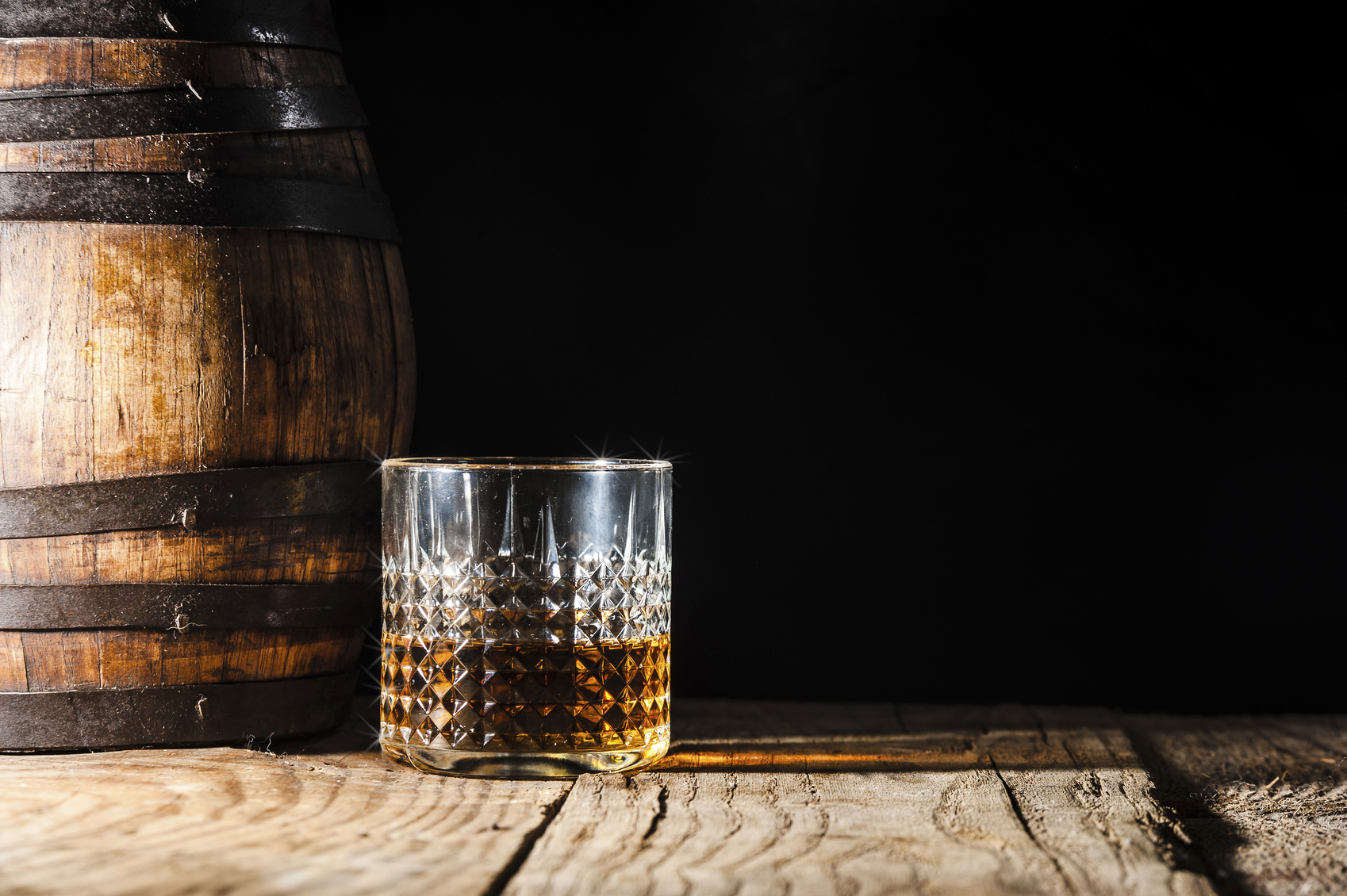THE 20th Century saw many changes and improvements to whisky production – the use of drum maltings, stills heated by steam coils rather than direct fires underneath and condensers replacing worm tubs, to name but three.
What is astonishing is that most of these ideas and inventions were first developed in the 19th Century but, the industry always being a bit conservative, it took years, often decades, before they entered widespread use. Indeed even today, some distilleries still heat the stills by direct firing (Glenfarclas) and cool the low wines and spirit by spiral coiled tubes (worms) in big outside tubs (Glenkinchie).
In a way, such adherence to tradition, and slowness to change, may have helped the industry, allowing it to maintain quality and hence the repute of Scotch whisky in an age where so much else has moved towards never-ending change and instant obsolescence.
After all, in theory nothing is more outdated than the oak barrel, having been around since the time Diogenes lived in one and told Alexander the Great to move over as he was creating unwanted shade. Yet try making good whisky without good oak cask… Some distillers overseas have tried making whisky in steel tanks with plenty of oak shavings inside, but the end results were dire.
In fact, rarely have coopers been more in demand than today. It’s one of the toughest and most demanding apprenticeships and leads to a tough and demanding job, but rarely have I seen any skilled tradesmen work with more energy and enthusiasm than I’ve seen at Scotland’s cooperages. The three main ones are Diageo’s Cambus Cooperage near Alloa (on the site of the former grain distillery), Speyside Cooperage just outside Craigellachie and its new sister cooperage, also near Alloa. A few distilleries have small on-site cooperages, but these are mainly repair shops.
Virtually all casks used for Scotch are pre-used – for bourbon, sherry, port or various wines. Ex-bourbon casks are most widespread, as bourbon can only be matured in them once, then they have to be sold on. The best ones come across intact, but thousands come across dismantled into staves, lids and steel hoops, about 40 barrels to a pallet – called a “shooch”.
These are then reassembled, sometimes the same size (American Barrel), but more often as hogsheads. Five barrels make four hogsheads, which hold up to 250 litres against 200 for a barrel. Some hoops are re-used and bigger lids fitted. The bung hole is also slightly enlarged. Bungs are made of poplar, slightly softer and more elastic than oak.
With demand for Scotch whisky ever growing, so is the demand for casks. Scotland’s cooperages, and their skilled workforces, should be kept busy for decades to come.










